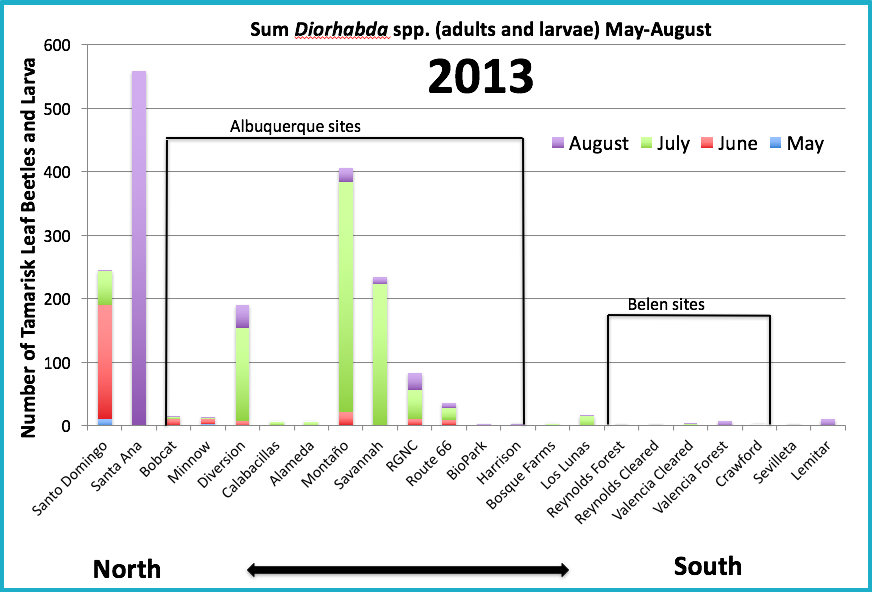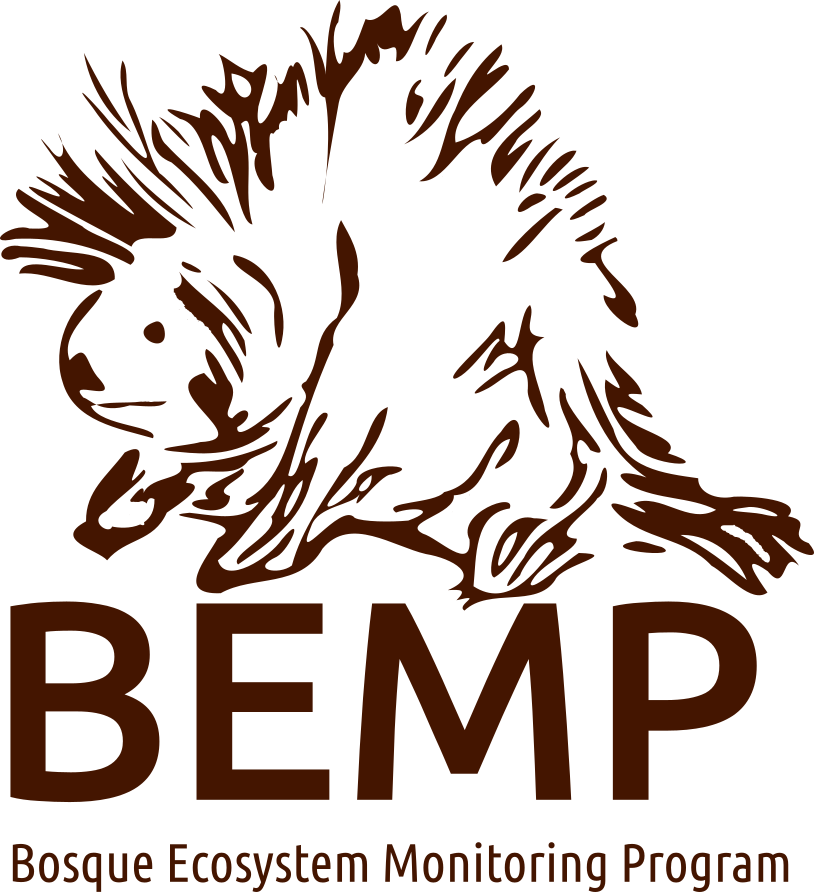Post by Ivan Robles, Tamarisk Leaf Beetle Summer Intern for 2017
On Monday, June 5th, I attended the Sevilleta Science Symposium at the Sevilleta National Wildlife Refuge, hosted by Dr. Jennifer Rudgers, from the University of New Mexico’s Department of Biology. She is serving as the Principal Investigator for the newly re-instated Sevilleta Long Term Ecological Research (SEV-LTER) site. The newly adopted theme for research at Sevilleta is about variability in climate change. To showcase this, scientists presented condensed versions of their field of studies and answered questions in front of an audience of about 80 people. BEMP presenters Kim Eichhorst and Audrey Kruse highlighted BEMP’s role in gathering continuous data and simultaneously getting the youth involved in science. BEMP is the Schoolyard Program for the SEV-LTER. BEMP’s 20 year data set directly links to research initiatives focused on long term monitoring to track variability at the Sevilleta LTER.
I also gave a presentation at the Symposium about the trends in the Tamarisk Leaf Beetle’s (TLB) abundance, range, and distribution and the impacts the beetle population has on the Middle Rio Grande bosque. This presentation was based on the data BEMP has recorded about TLBs in the last 3 years. I compared two graphs, from 2013 and 2016, to show that the beetle population is trending south over time and explained that the possible cause of the migration is due to the beetles searching for less competitive resources. I noted that our research is still new and we must continue to monitor the Tamarisk Leaf Beetle in order to fully understand the impact it has on the biotic and abiotic factors in the Rio Grande bosque. One thing I am curious about is how certain factors like widespread tamarisk (salt cedar) die out at our Santa Ana site effects the migration of the beetle and if there is anything else we can monitor, such as soil samples, to get a better picture of the scenario.


Graphs showing the southward movement of the tamarisk leaf beetles (Diorhabda spp.) from 2013-2016
I am very grateful to be a part of such an interesting and caring program like BEMP. In the future, I hope to work in conservation or biology because I have such a tremendous respect for the natural world and a desire to live more sustainably. The event at Sevilleta truly opened my eyes to all the things I could potentially do for a living if I continue to go to school and invest in myself. This internship with BEMP has become the motivation I need to continue the sometimes-mundane life of a student and I intend on making the most out of every experience this summer!

